If you buy through our links, we may earn an affiliate commission. This supports our mission to get more people active and outside.Learn about Outside Online's affiliate link policy
The Best Yoga Blocks to Take Your Practice to The Next Level
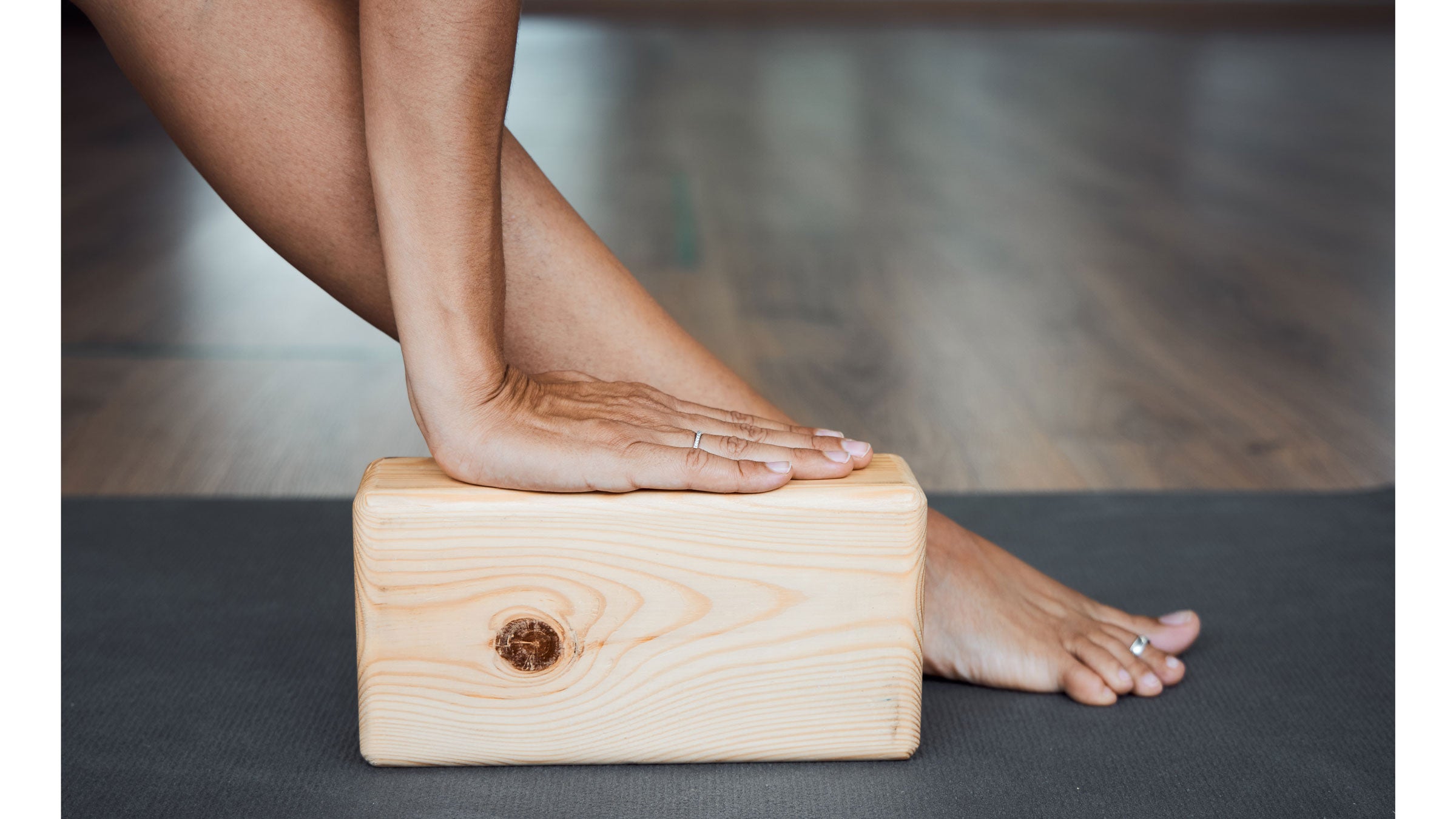
(Photo: OllyPlu | Getty Images)
Yoga blocks are one of the most versatile tools you can bring to your mat. They make alignment more accessible and bring depth to familiar shapes. Not all yoga blocks are created equal, though. Each of the most common options comes with its own strengths and drawbacks. Some are softer and easier to grasp, others are sturdier and built to last. But the one thing that’s for certain? Having a set at home can make such a difference to your practice.
Choosing the right one for you depends on how you practice and what you need most from your props. To help you discern the best fit, we spoke with yoga teachers and yoga therapists, studio owners, and students of all types of yoga. Relying on their insights, paired with our personal testing, we drew together everything you need to know to discern the yoga blocks that will best support your home practice in ways that might surprise you.
Which Yoga Blocks Are Right for You?
Yoga blocks may seem as though they’re all essentially the same basic build. But differences among weight, firmness, and even how much sweat they absorb can change the feel of your practice. For example, that foam block that feels perfect in a restorative setup may feel alarmingly unstable when you’re relying on it during a balancing pose.
An inexpensive way to familiarize yourself with at least some of the materials and brands of yoga blocks is to practice with the ones already available to you. “I recommend trying props in local studios first—note the brands, sizes, and materials you like, and then purchase your own,” explains yoga teacher and author of The Complete Guide to Yoga Props Jenny Clise. “Studio props get heavy use, so they’re a great way to see how a product holds up over time.”
With that in mind, following is a closer look at the most common block materials—foam, cork, and wood—and how each can support your practice.
Foam Yoga Blocks
If comfort lightweightness is your priority, foam blocks are a dependable and budget-sensitive option. Foam is the softest, least expensive, and most lightweight yoga blocks material. It’s also easy to clean and quite portable. The cushioned surface has a lot of give, making supported poses in which the block is placed directly beneath the body, such as Fish Pose and Bridge Pose, far more comfortable.
Still, foam yoga blocks aren’t perfect. They’re less sustainable than cork or wood, though some brands now rely on recycled foam. These blocks also tend to wear out more quickly and fail to withstand the curious claws of house pets. They also topple easily. As Chicago-based yoga teacher Bradshaw Wish points out, “The drawback is that foam blocks can sometimes feel too thin or wobbly, and they aren’t as sturdy when stacking under a bolster in a true restorative setup.”
Cork Yoga Blocks
If there’s a “just right” option among block materials, it’s cork. Yoga blocks made from the renewable material strike a balance between sturdiness and comfort and provide support without being overly heavy.
Pranidhi Varshney, Ashtanga teacher and founder of Yoga Shala West, puts it simply. “Cork yoga blocks are my go-to! In my experience, cork blocks hit the sweet spot of steadiness, grip, and ease of use. They’re not as heavy as wood blocks but not as flimsy as foam.”
However, cork isn’t as soft as foam, which means it can feel firmer (ahem less comfortable) under the body in supported postures. And if not cared for properly, cork yoga blocks absorb sweat and develop odors over time. But they retain their integrity longer than foam while costing less than wood and, for most practitioners, offer the best all-around mix of support, stability, durability, and sustainability.
Wood Yoga Blocks
Wood yoga blocks are extremely sturdy, which makes them a reliable choice for poses where stability is essential, such as placing your hands on then when you’re wobbling in Warrior 3 or stacking them under a bolster in a supported verison of Reclined Bound Angle.
Yoga therapist Denver Clark often turns to this hefty option to build strength in unconventional ways. “A wood block weighs more and offers more support, so I like to hold them in postures such as Warrior 2 for an added strength training bonus,” she says.
Although wood is the most traditional material for yoga blocks, it’s also the most unforgiving. Although they last indefinitely with proper care, they can be rough on the skin and slippery in the hands as well as on hardwood or concrete floors. And fair warning that if (or, realistically, when) you drop them, the sound won’t be subtle!
Bamboo Yoga Blocks
A relative newcomer to the yoga blocks category, bamboo is similar to cork in that it’s an execptionally sustainable material that’s relatively lightweight. Bamboo offers the sturdiness you’d expect from wood but with a much lighter feel than the OG wood yoga blocks that are soooo heavy, slippery, and painful if you dropped it on your foot.
Best Yoga Blocks of 2025
Consider the following insights before you click to purchase.
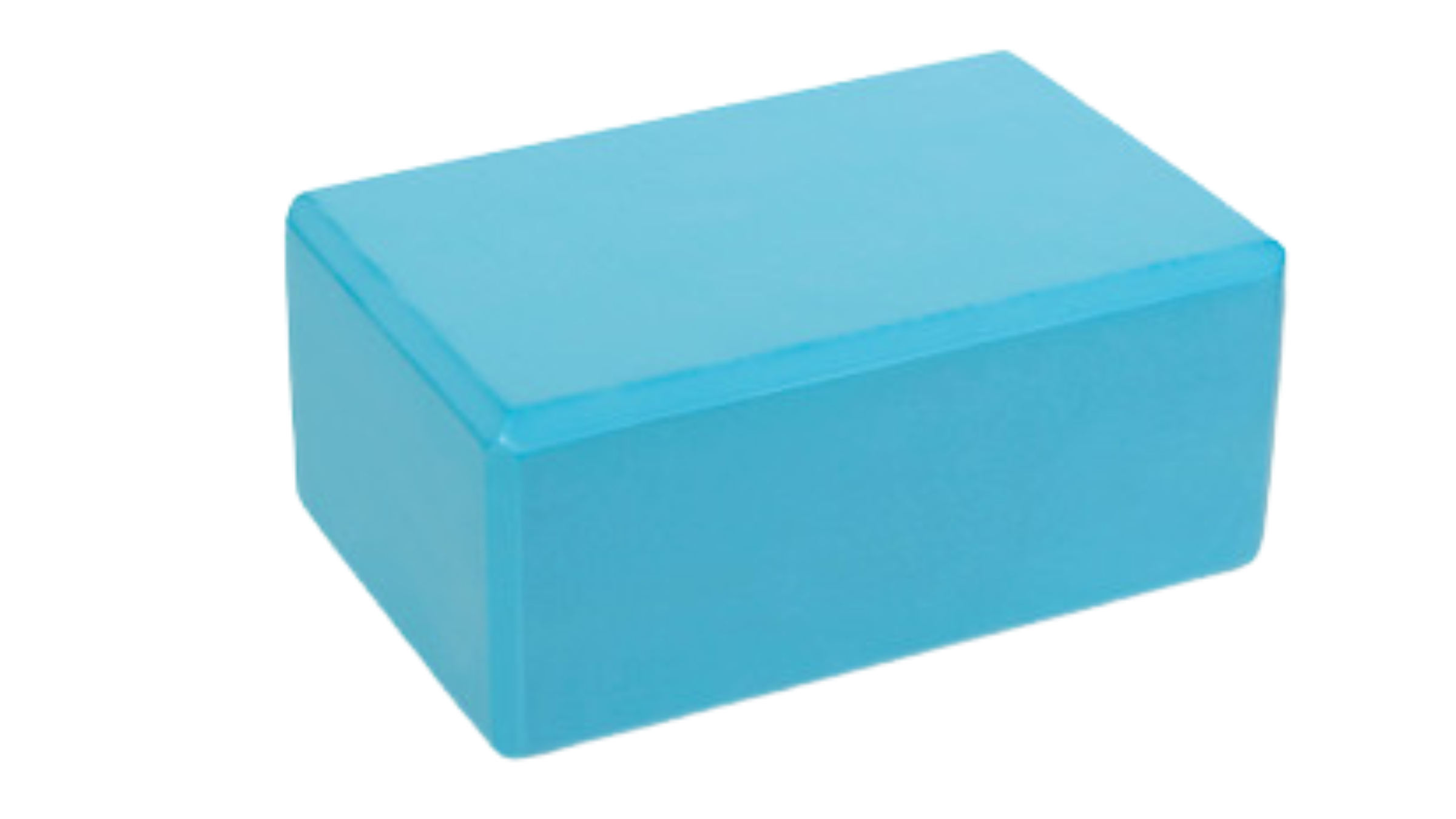
Sunshine Yoga 4″ Foam Block
⊕ Lightweight
⊗ Not sustainable
⊗ Easily destroyed by pets
This basic foam yoga block makes for a sturdy, budget-friendly, albeit not eco-friendly option. Clark appreciates the stability that comes from its 4-inch width, noting that narrower blocks tend to be less dependable and topple too easily when you’re trying to use them in standing and balancing postures. The blocks are also available in bulk, making them an economical option for yoga teachers, studio owners, or anyone who tends to have friends over to practice.
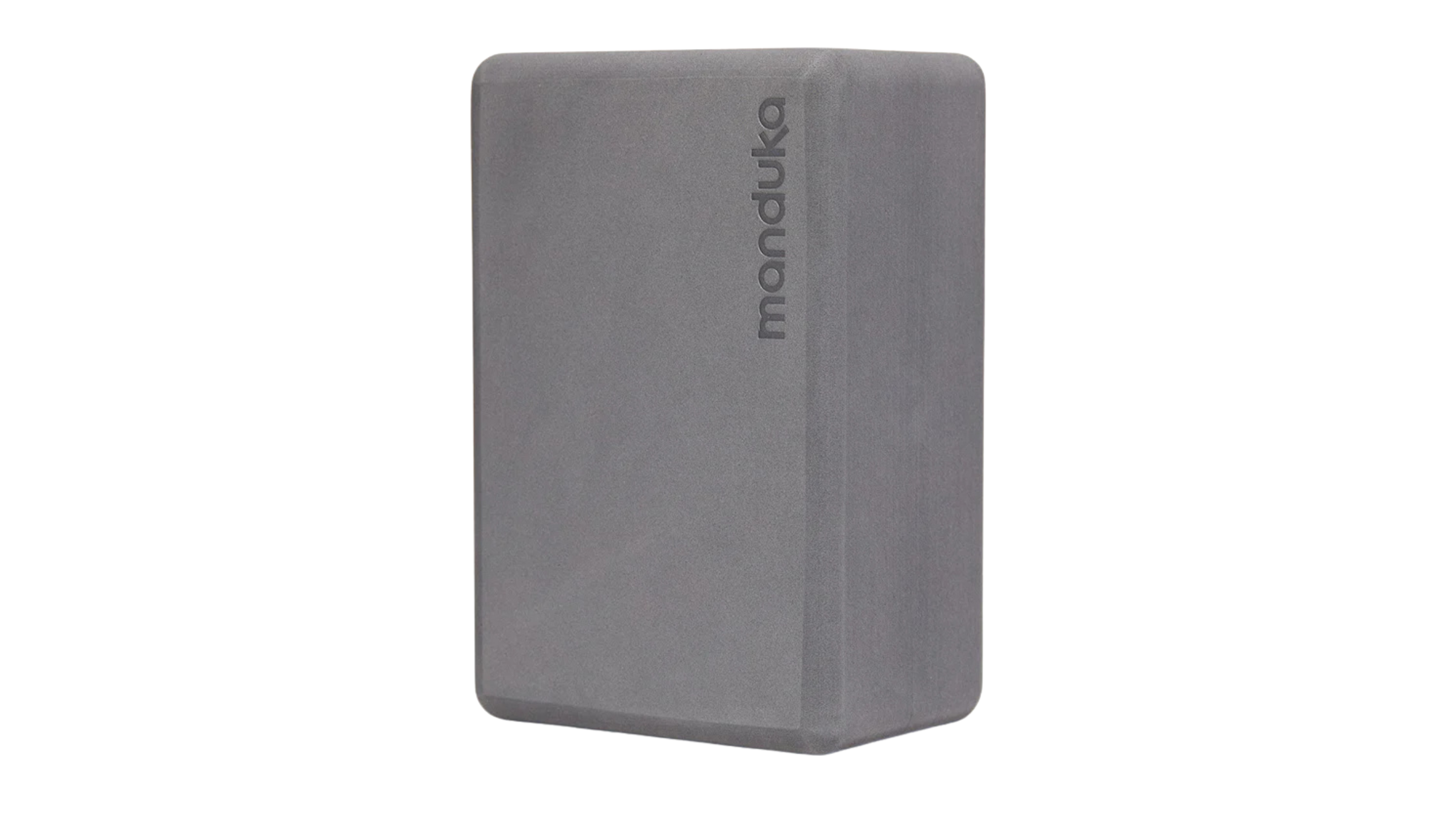
Manduka Recycled Foam Block
⊕ Easy to grip
⊕ Sustainable
⊗ Limited color options
This recycled foam block is an eco-friendlier take on the classic foam design. Lightweight and supportive, it’s easy to grip thanks to its radius edges and exceptionally comfortable in weight-bearing poses in which you drape yourself over the block, such as Supported Bridge. Yoga teacher Wish recommends it for its comfort and sustainability. (According to Manduka, it’s made from 50 to 75 percent recycled post-industrial and post-consumer EVA foam.)
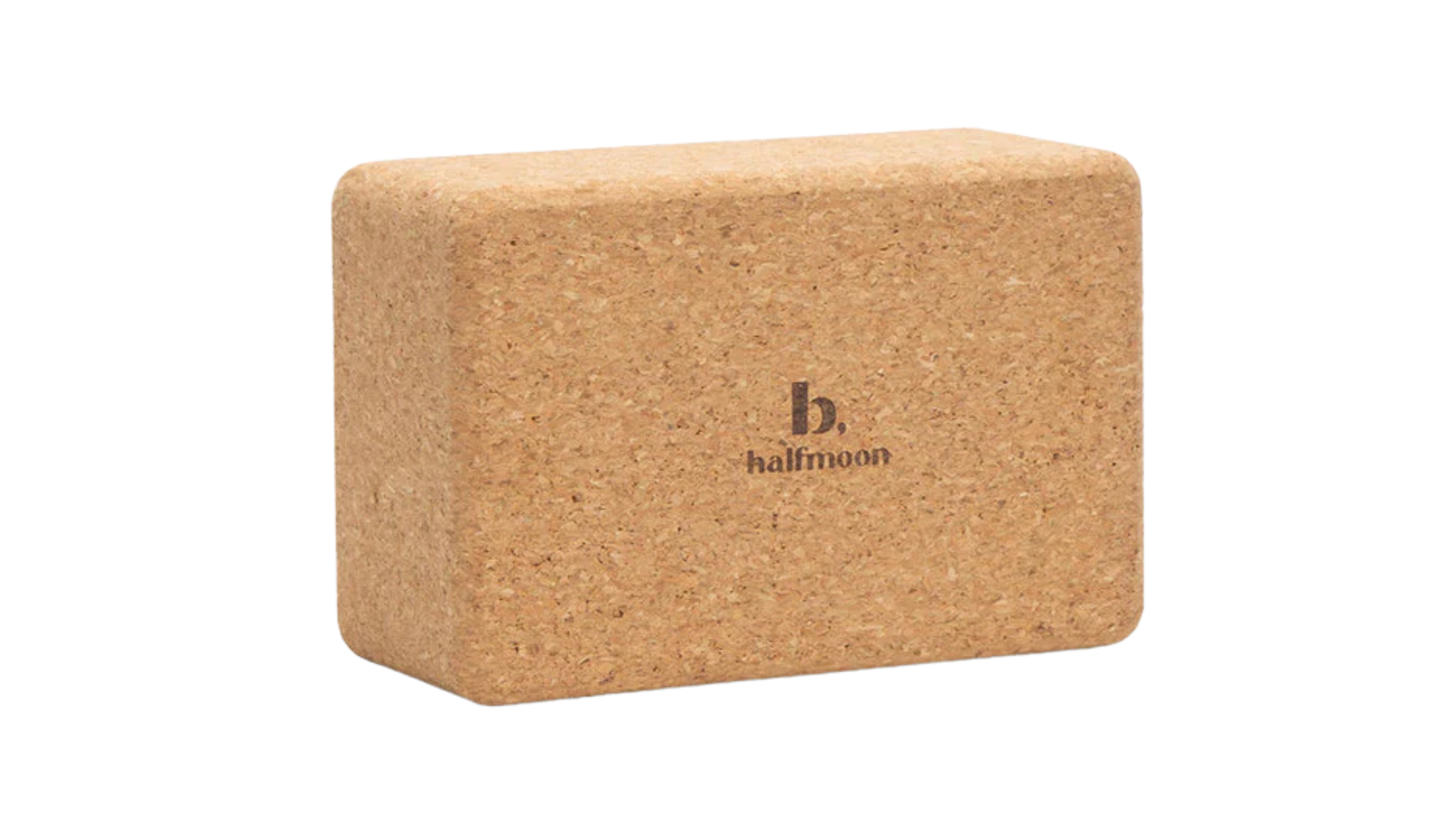
B. Halfmoon Cork Yoga Block
⊕ Not slippery
⊕ Sustainable
⊗ Requires some care
Yoga teacher Gianna Gambino reaches for B. Halfmoon cork blocks more than any other yoga blocks, lauding them as sturdy, supportive, and sustainable. She finds they hold up well in both active practices and restorative setups where steadiness and comfort are essential.
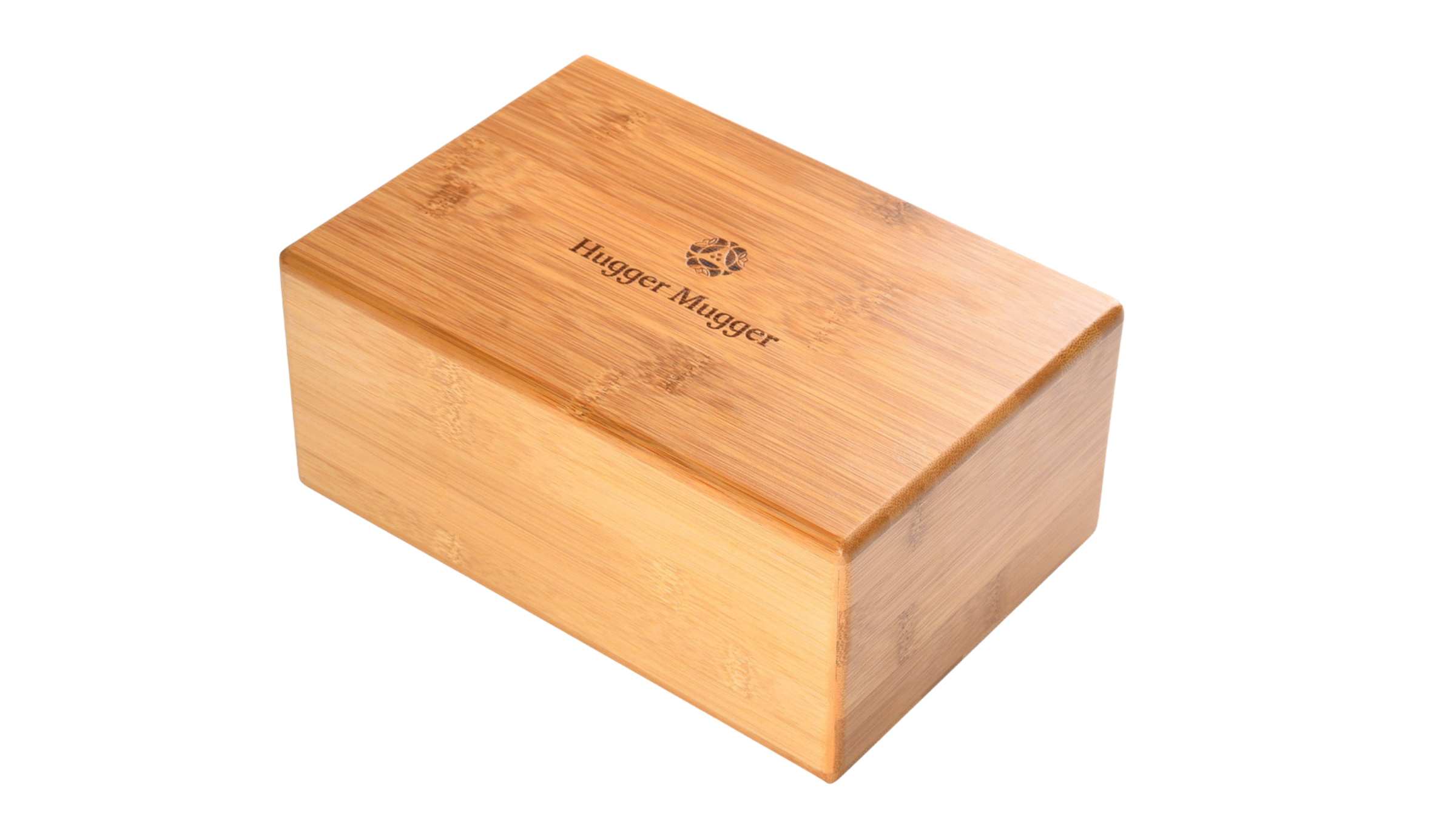
Hugger Mugger Bamboo Block
⊕ Stable
⊕ Sustainable
⊗ Expensive
Hugger Mugger’s lightweight bamboo block is hollow, making it easier to carry than a solid wood block while still providing excellent stability. It’s an option for when you want the vibe and support of wood without the extra weight.
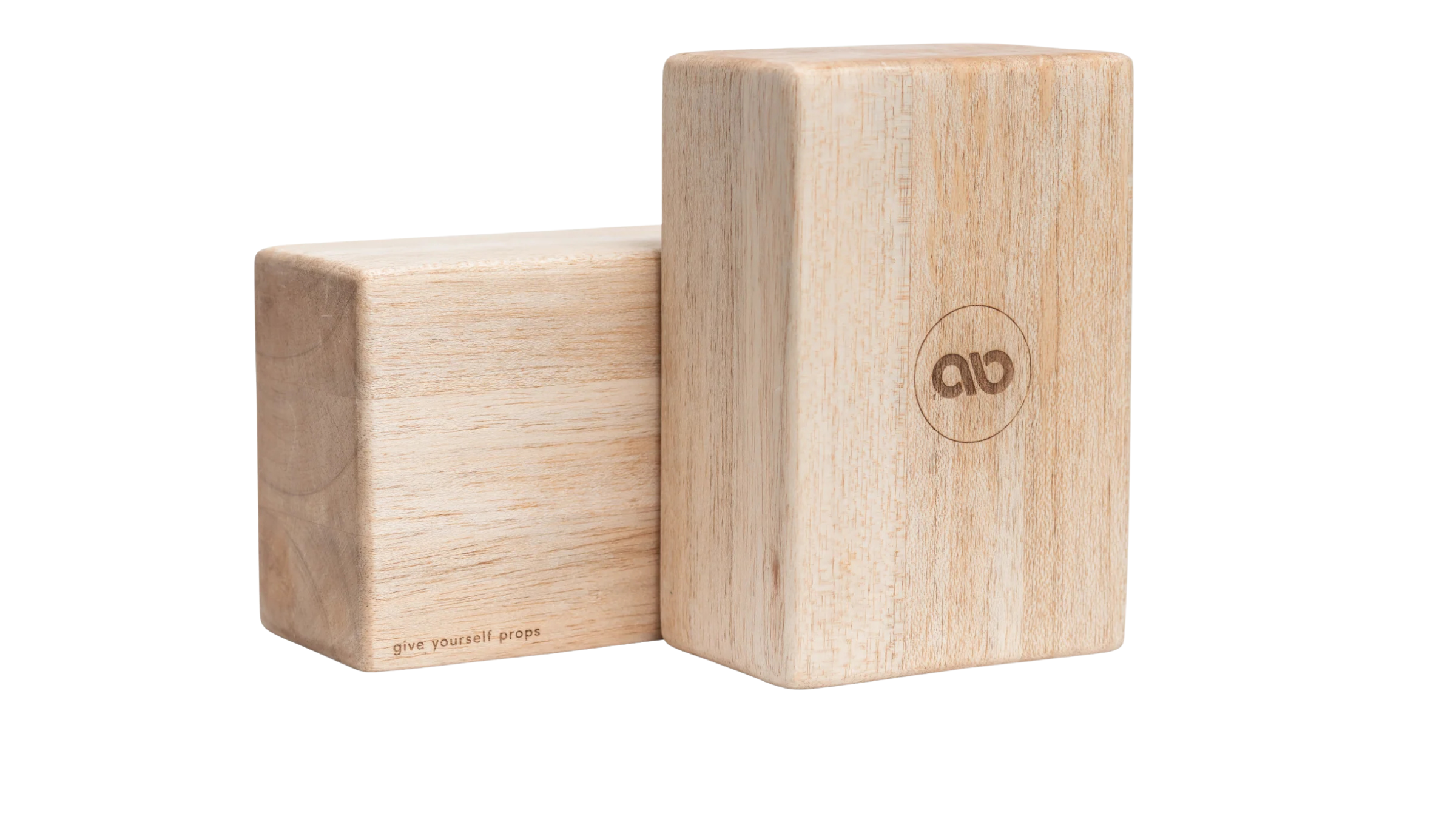
Mache Balsa Wood Block
⊕ Lightweight
⊕ Less
⊗ Expensive
For those who want the feel of wood in a more forgiving package, Mache’s balsa wood blocks are feather-light yet still reliable. They won’t dig into your skin as much as hardwood blocks when you lean on them, although they’re less durable than wood with frequent and repeated usage. These are best for anyone who wants stability without heft.